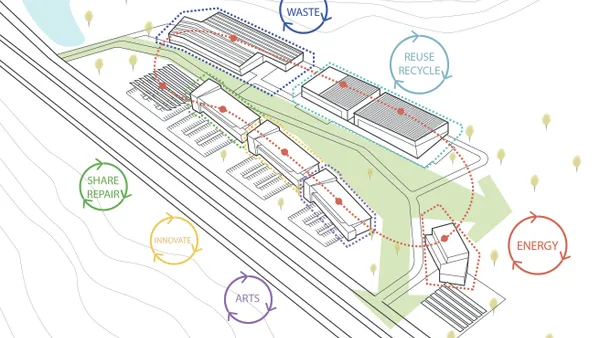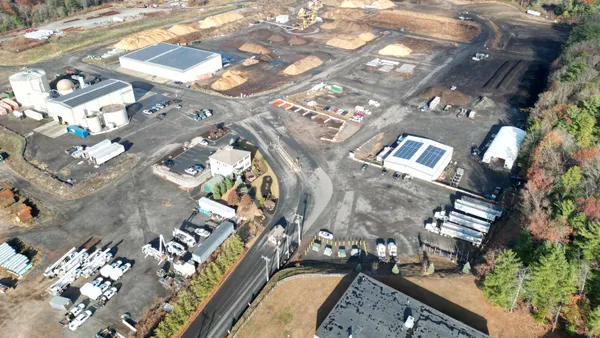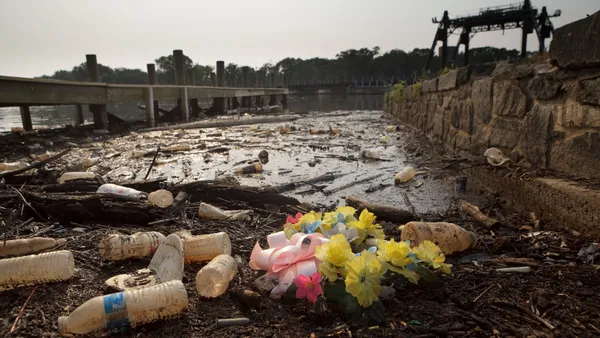Dive Brief:
- Rethink Food Waste Through Economics and Data (ReFED), a collaboration of private industry, nonprofit, and government of officials, has created "Roadmap to Reduce U.S. Food Waste" detailing 27 ways to cut food waste nationwide. ReFED claims that implementing these strategies would reduce food waste by 13 million tons annually (or 20%), create over 15,000 jobs, and overall generate $100 billion in economic benefits, all while helping achieve the nation’s food waste reduction goal of 50% by 2030.
- Stakeholders are obligated to make four basic commitments: securing new financing to scale these strategies, working toward policy change, adopting innovations, and educating consumers and employees. ReFED will post new tools and resources on its website through 2016, and the organization asks for feedback to enhance the project.
- Some key findings include:
- Required new investments amount to $18 billion and an estimated $100 million to $200 million a year for development and troubleshooting.
- About 9.5 million tons of food scraps can be diverted annually from landfills by investing in infrastructure for anaerobic digestion and composting, training, and policy — reducing greenhouse gases while creating jobs.
- Standardizing date labels, consumer education, and making changes to packaging are the most cost-effective methods, as they stop food waste before it happens.
Dive Insight:
Up to 52 million tons of food are sent to landfills or waste-to-energy facilities annually, and about 10 million more go unharvested on farms while one in seven Americans go hungry, ReFED stated in the report.
While the Roadmap requires a hefty upfront investment — $18 billion over the next decade — that figure equals less than one-tenth of a penny paid to prevent each pound of food waste, thus reducing food bills, providing business profits and meal donations, and easing taxes, according to ReFED. The food industry is projected to be among major beneficiaries.
Kyle Tanger, a director with Deloitte Consulting LLP noted, "With shrinking margins and increased supply chain volatility, it’s crucial for food businesses to take steps to understand where food waste is occurring in their value chains — and invest in solutions to reduce it and recover profits."
Mathy Stanislaus, assistant administrator for the Office of Land and Emergency Management at the EPA, said leaders can challenge each other to take on issues that affect everyone, not just the food industry, and stressed the importance of collaboration "to achieve the United States goal to reduce food loss and waste by half by the year 2030, we will need leaders from all sectors outside Washington, DC."
Meanwhile, some municipalities are taking off on their own to solve their regions’ problems by banning food scraps from landfills, though this measure has stirred controversy. Large food chains are also taking measures such as working with food banks to see food gets put to use while helping their operating budgets.














